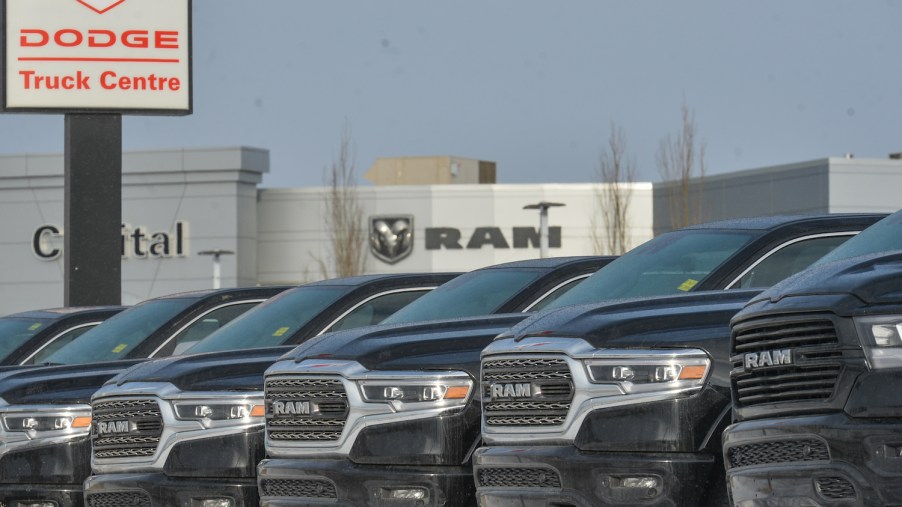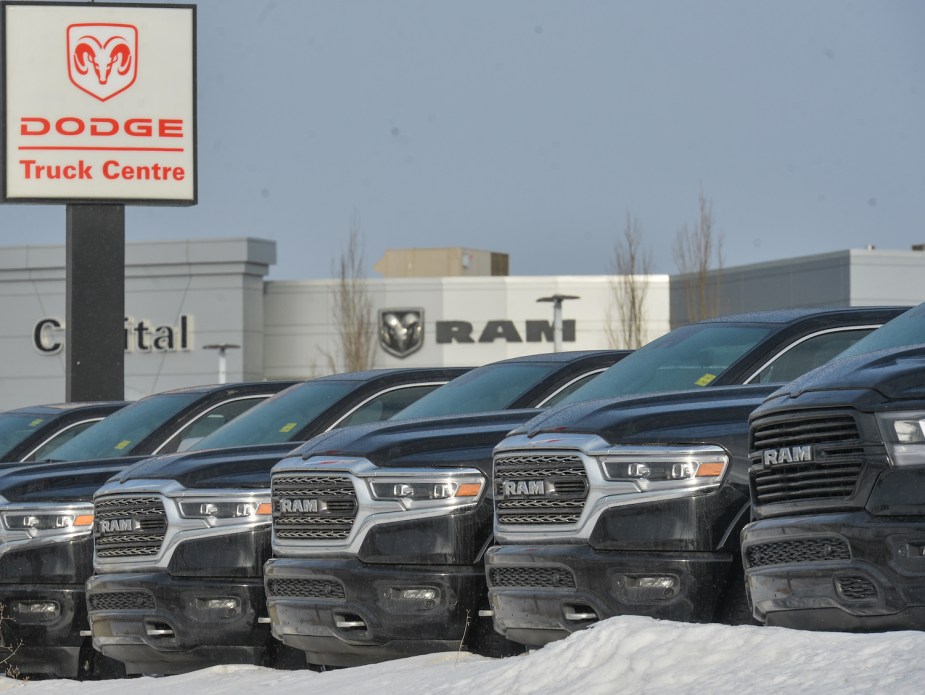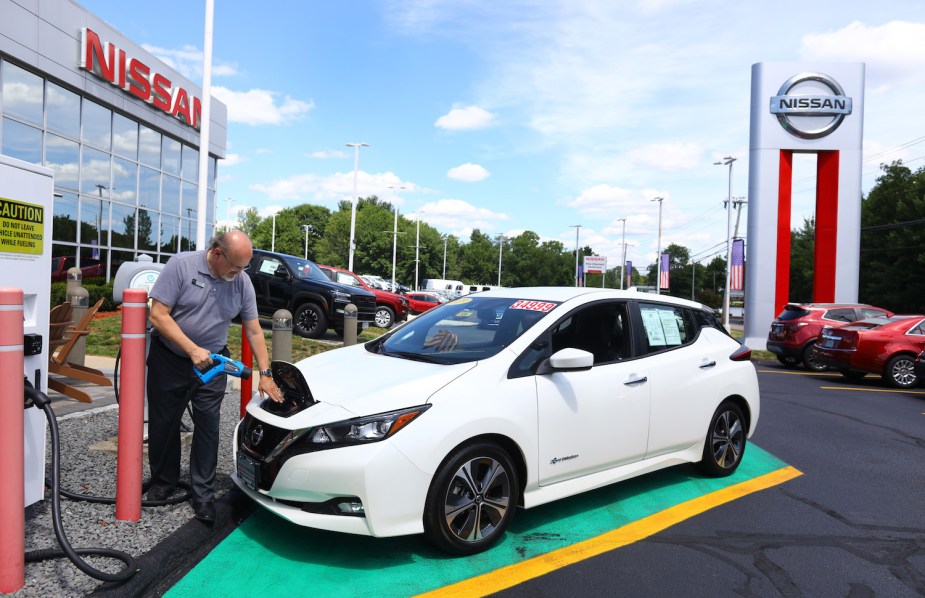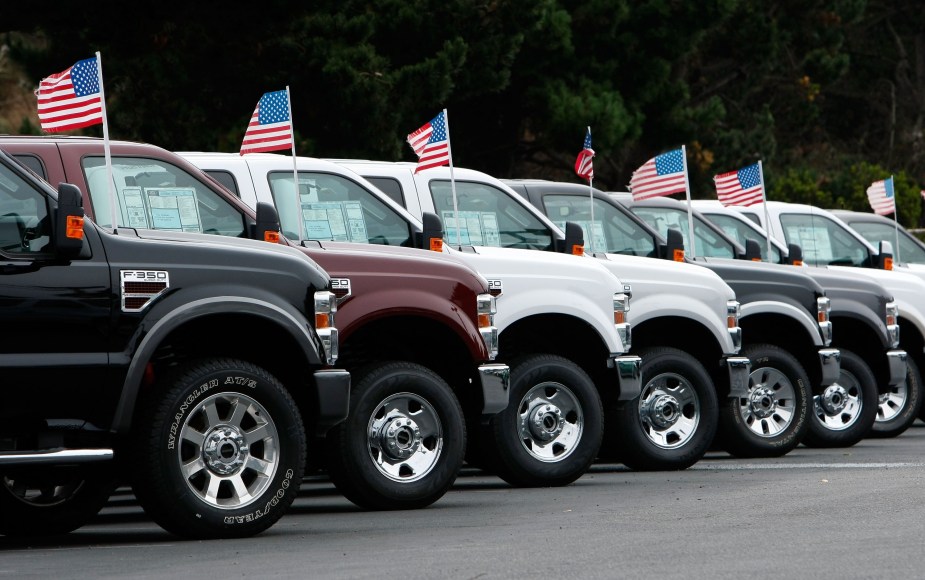
Volatile New Car Sales: Dealers Now Getting Stuck With Pre-Ordered Cars
Things are just beginning to favor car buyers for once. Lending institutions are getting stricter about making loans on new car sales that are depreciating faster, decreasing their values quicker. That means a far more likelihood of cars getting upside down. Banks don’t want to be holding the bag for a car worth less than the loan. The bottom line is, to mitigate risk, higher interest rate loans are the norm right now.
How big is the decline in new car sales?

So far, there is close to a 20% decline in car sales this year. Some car owners see that as a signal to sell their cars. The result is all of a sudden there is a flood of newer cars hitting the market. It’s so bad that some cars are seeing wholesale values drop 10% in just a couple of days, it’s happening that suddenly.
The big news is that dealers are seeing their new car order banks going sideways according to industry veteran Ben Hardy. When the pandemic started, ordering a car by phone or through the internet became the preferred method of purchasing a new car. An order was placed, and a few weeks or months later it came into the dealer. From there it went to the buyer, or they picked it up at a local dealer. Pretty seamless and simple.
Now, however, many of these buyers are not completing their purchases. They’re getting their deposits back and walking. So these special-ordered cars are now the responsibility of the dealer. But buyers are thinning out, so it’s getting harder for dealers to sell anything.
What about online new car ordering?

And what’s worse is that because they’re special order vehicles, they might be highly optioned, or have very few, or unpopular options. With too many options these become harder to sell because the price is so high. And less optioned or, let’s say, unusual options are also a turnoff. Consequently, these cars are starting to pile up with a lower chance of catching a typical buyer.
With fewer customers ordering cars, dealer order banks are way below where they were a year ago. Dealer order take rates are dropping not only because of this but with pre-ordered cars piling up on their lots, they’re just ordering fewer cars. This all results in pressure from the manufacturer because their order banks have so few cars in them. That’s a problem for dealers, too.
Lastly, with the uncertainty in the economy and Americans pulling in more of their spending, the market has flopped back to affordable and economical vehicles. If they need a new car, the trend right now is for cheaper, better fuel-economy cars. That means large and loaded vehicles now sit.
Should you buy a car now?

The bottom line is that the market is adjusting. It’s apparent that sales are starting to fall off a cliff. Both new and used cars are still overpriced. Combined with inferior loans, high prices are coming down. The question for buyers is when will that happen? Not now, and probably not real soon.
So it might make sense to hold off on purchasing a vehicle until the market settles down a bit. Or, if you do need a car, if you’ve got cash, you can avoid high-interest rate loans. The sale of private cars holds better promise for a better price right now.
In 2023, car sales will be another roller coaster, but barreling towards better conditions for buyers, after three years of back-breaking prices and dealer antics.



